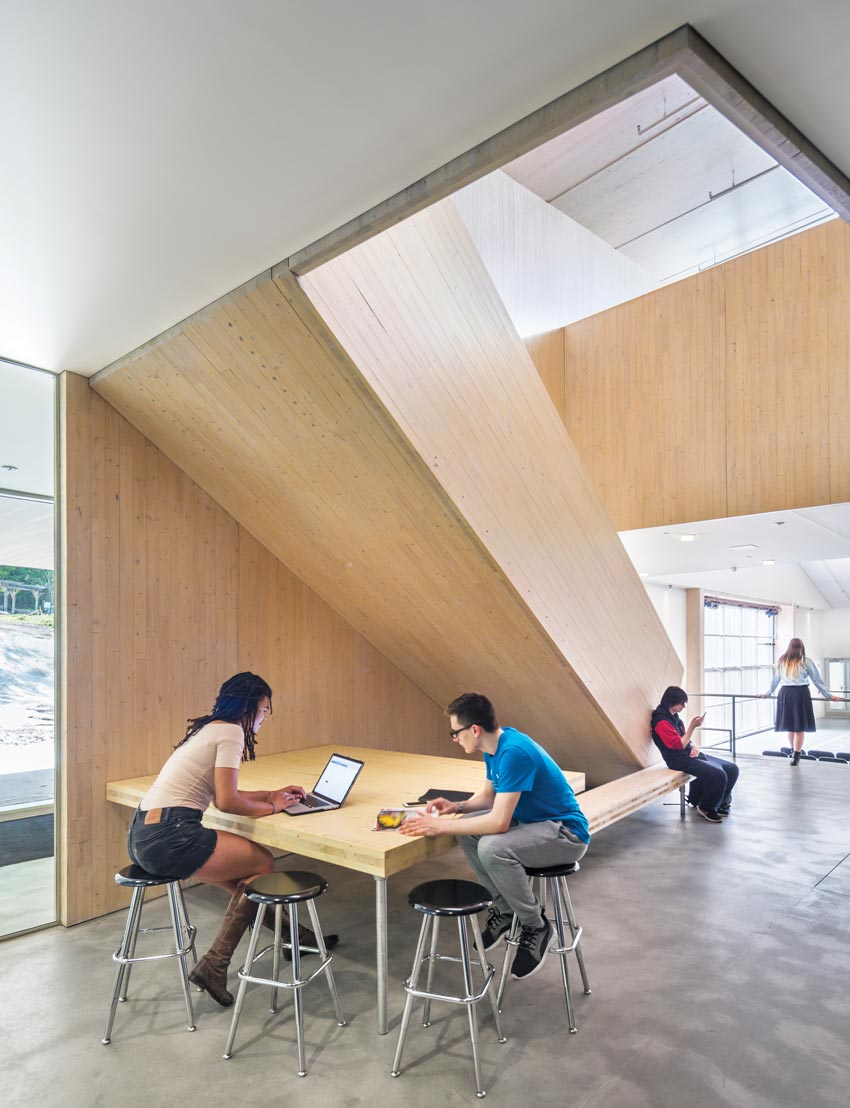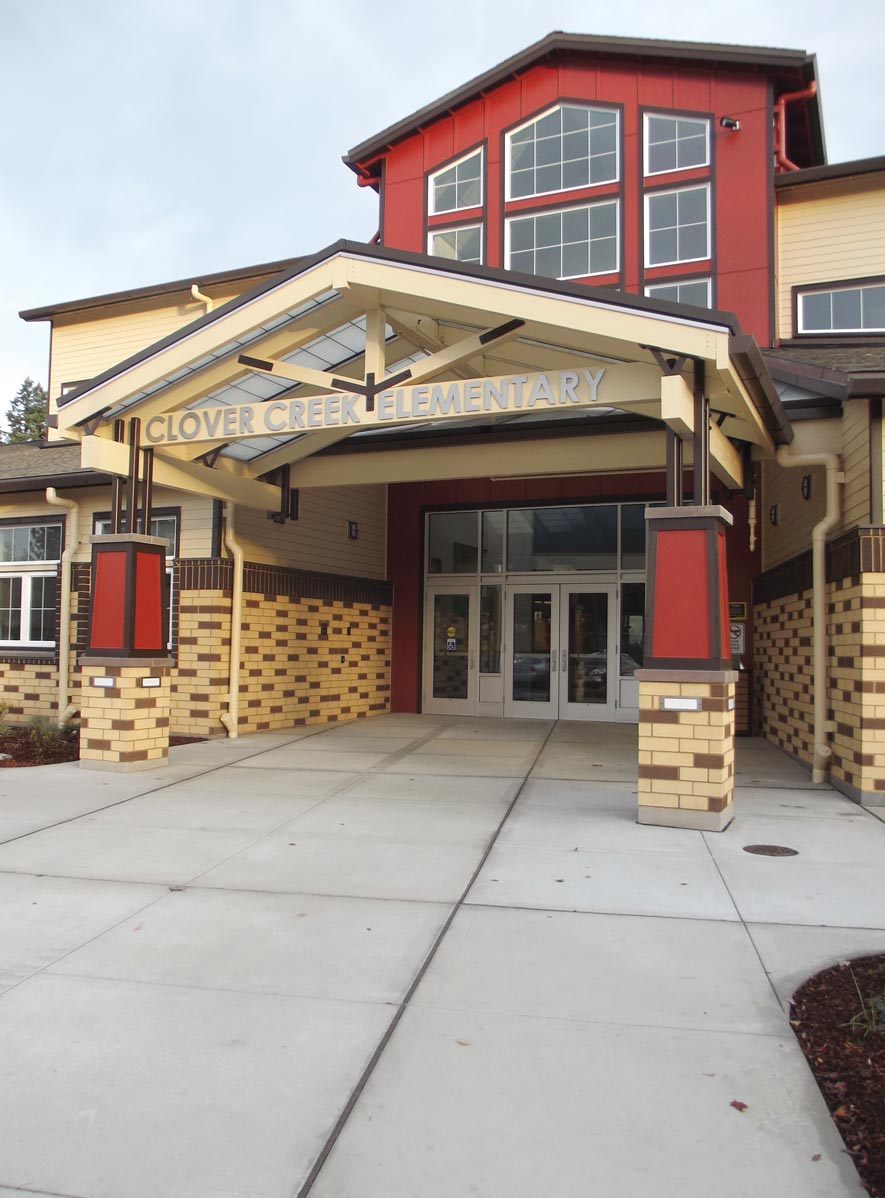Designing Modern Wood Schools
Learning Objectives:
- Review provisions of the International Building Code specific to school buildings and discuss opportunities to achieve cost savings through the use of wood.
- Explore design and detailing best practices used to achieve performance objectives in school assembly design.
- Discuss structural design considerations unique to school buildings, as well as framing options for floors, walls, and roofs.
- Consider how wood has been used in modern wood-frame and mass timber schools across the United States.
Credits:
This course is approved as a Structured Course
This course can be self-reported to the AANB, as per their CE Guidelines
Approved for structured learning
Approved for Core Learning
This course can be self-reported to the NLAA
Course may qualify for Learning Hours with NWTAA
Course eligible for OAA Learning Hours
This course is approved as a core course
This course can be self-reported for Learning Units to the Architectural Institute of British Columbia
There is a strong case to be made for using wood in school construction, both to accommodate a growing number of students with structures that are cost effective, and to do so while creating high-performance buildings that are safe, resilient, and appealing.
Across the United States, there is high demand for new schools. In 2019, an estimated $98 billion was spent on educational construction, including new buildings and structures as well as renovations, site work and all associated utility work. School construction, and educational facilities accounted for about 101 million square feet of the nonresidential market.1 Since, by 2024, U.S. schools will be required to accommodate an estimated 2.8 million more students than they do today, these numbers can only increase.2

Photo: David Sundberg
Location: New Haven, Connecticut
Architect: Gray Organschi Architecture
Timber Engineer: Bensonwood
Exemplifying the trend toward mass timber in school design, this 14,000-square-foot addition to a Type VB high school is comprised of CLT and glulam.
Cost and construction speed are often cited as the main reasons to design a school in wood. Wood building systems typically cost less than alternatives, and wood construction is fast, even more so with the trend toward panelized products, such as cross-laminated timber (CLT), and prefabrication. This is especially important for schools, which often have limited budgets and compressed construction schedules.
Increasingly, however, school designers and facility planners are citing other attributes of wood as motivating factors for its use. They point to its light carbon footprint, energy performance, and other environmental benefits. They also cite a growing body of research linking the use of exposed wood to occupant well-being, including potential benefits related to increased concentration. In school construction, wood offers endless opportunities to create warm and inspiring places to learn.
This course takes a practical look at the design of wood schools, emphasizing opportunities with traditional wood-frame construction and, in particular, how to reduce costs. Architectural design and detailing topics include allowable heights and areas, detailing for fire resistance, acoustics, and durability, as well as structural design considerations. The trend toward mass timber is also discussed, along with information on wood’s biophilic attributes and environmental performance, including energy efficiency and carbon footprint. Examples of wood schools across the United States are also highlighted.

Photo: Bethel School District
Location: Tacoma, Washington
Architect: Erickson McGovern Architects
Structural Engineer: PCS Structural Solutions
Bethel School District uses Type VB Construction to save upfront construction costs and super insulates to reduce utility costs. It uses the savings from both to buy more energy-efficient but expensive mechanical and lighting systems, which further add to the savings. Director of Construction and Planning Emeritus Jim Hansen, says, “We need people to believe we do a good job, not only educating their children but managing their money.”
















